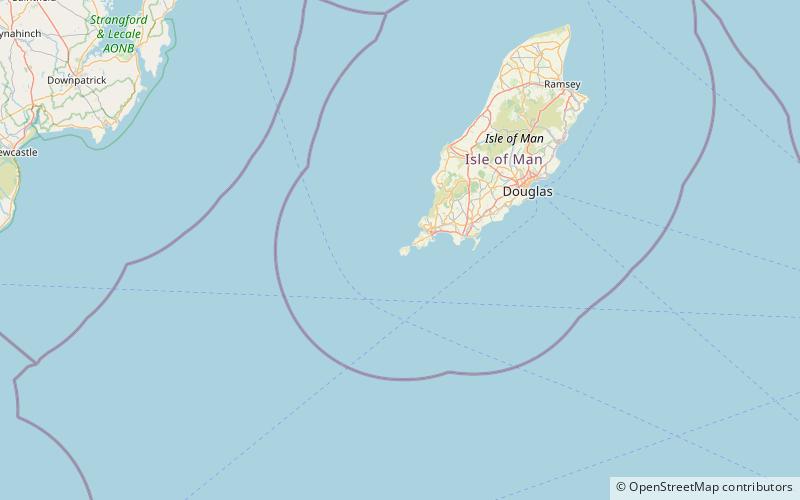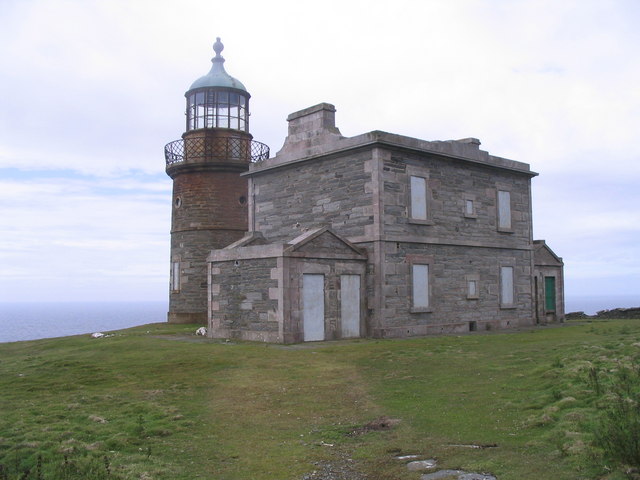Calf of Man


Facts and practical information
Located off the southern tip of the Isle of Man, the Calf of Man is a small, uninhabited island that offers a unique and secluded escape for nature lovers and outdoor enthusiasts. This rugged and windswept landscape is a haven for wildlife, with seabirds, seals, and even the occasional basking shark making their home in the surrounding waters. Visitors can explore the island's network of walking trails, which offer stunning views of the dramatic coastline and the neighboring Isle of Man.
The Calf of Man is also home to a small bird observatory, making it a popular destination for birdwatchers. The island's diverse habitats provide a sanctuary for a wide variety of bird species, including puffins, razorbills, and guillemots. With its remote location and lack of permanent human inhabitants, the Calf of Man offers a rare opportunity to observe these birds in their natural environment, free from the disturbances of modern life.
In addition to its natural beauty and wildlife, the Calf of Man is steeped in history and folklore. The island is dotted with ancient ruins and archaeological sites, including a well-preserved Norse chapel and a medieval keeill, or chapel. These vestiges of the island's past provide a fascinating glimpse into the lives of its former inhabitants and the rich cultural heritage of the Isle of Man.
Rushen
Calf of Man – popular in the area (distance from the attraction)
Nearby attractions include: Mull Hill, Chicken Rock, Bradda Hill, Isle of Man Railway Museum.







